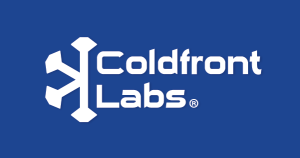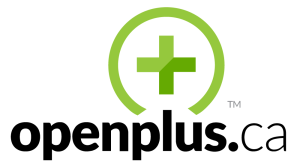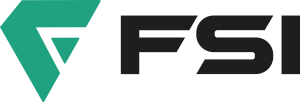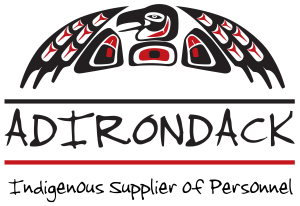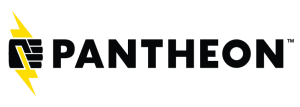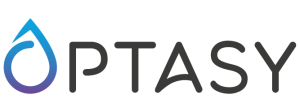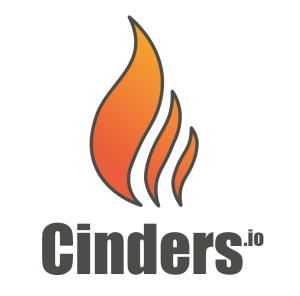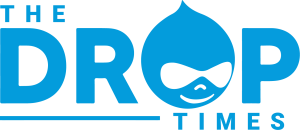New to Drupal? Not sure what a node is? Come and get a quick crash-course on Drupal terminology so you can make the most of your day.
Core Concepts
- Content management systems treat each URL as a question, allowing dynamic handling of diverse content types across a website.
- Drupal is an open-source, extensible content management framework often used as a foundation for building larger systems.
Architecture and Functionality
- Drupal's modular design enables easy integration of community-developed features and containment of custom code without affecting the entire system.
- Entities, including nodes and content types, serve as Drupal's primary content storage units with built-in features like authoring information and comments.
Content Structuring
- Drupal's content types define content structure using fields with concepts like type, cardinality, widget, and formatter controlling data storage and presentation.
- The taxonomy system in Drupal allows for dynamic content classification, enabling creation of flexible menus and content groupings.
User Interface and Display
- Blocks in Drupal create positional content for consistent page elements like sidebars and footers, configurable for specific page displays.
- Drupal's views system enables creation of custom content displays, allowing varied presentations of the same content across different pages.
